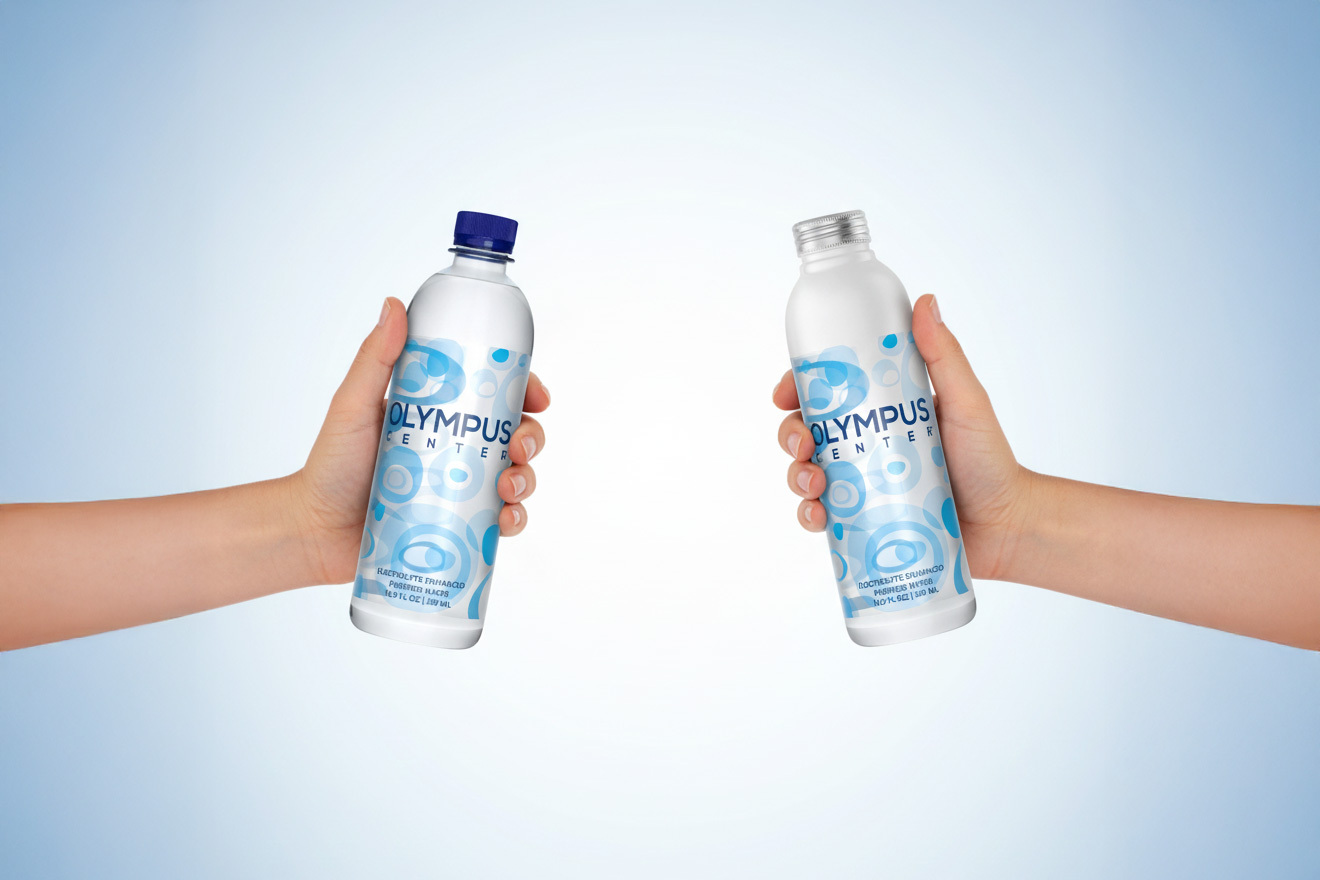Why Do Brita Filters Get Mold and How to Remove It


Brita water filters are great for removing contaminants in your drinking water, such as miniscule sediment, mercury, and the traces of chlorine used in treating water. The water filter cartridge comes with ion-exchanging features in some models, cleansing the water from minerals like zinc and copper.
Because Brita pitchers are constantly exposed to moisture, they can grow mold and mildew. Our handy guide will show you how to get rid of mold growth in your water filter, and we'll provide tips on keeping mold out of your drinking water too!
Why Does Brita Filter Mold?
Your Brita pitcher is always kept moist, which makes it especially susceptible to growing black, pink, or green mold.
How to Remove Mold and Mildew from Brita Filter
Step 1: Remove the Filter
First, disassemble your Brita pitcher, and remove the filter. You may want to inspect the filter cartridge for black, green, or pink mold. If you spot mold, you will need to sanitize the filter separately, and wear protective gear like gloves and a mask to limit mold exposure, especially if you have mold allergies.
Step 2: Remove Mold
Place white vinegar in a spray bottle, and give your moldy Brita filters a good spritz. White vinegar kills mold spores, and will help remove the stains left behind on your green mold filter. You may add baking soda to refresh the filter, and deodorize your Brita pitcher from the musty smell of mildew as well. Let the solution sit for 15 minutes.
Alternatively, you may also use a diluted bleach solution to kill mold spores, disinfect, and refresh your Brita filter, but this may leave a chlorine smell in your drinking water, especially if you clean the pitcher with a bleach solution. Make sure to completely rinse off all the bleach before using the filter again.
Step 3: Wash the Parts
Wash the rest of the pitcher, including the water reservoir, the lid, and the exterior of your Brita pitcher. Check the pitcher's instructions on proper cleaning methods, and use a mild detergent or dish soap to clean the pitcher.
Dilute dish soap in warm water to create a mild soapy solution, and use a clean kitchen sponge to gently scrub the pitcher clean. Rinse with plain tap water or warm water, and dry with a dish towel to get rid of excess moisture.
Step 4: Rinse and Completely Dry
After letting your Brita filter sit, rinse the filter to wash away the cleaning solution as well as the moldy water. Give the filter a couple of rinses to make sure you've fully removed all of the cleaning solution, then let it air dry.
Step 5: Replace with a New Filter (Optional)
This is an optional step, but if your old filter is overcome with mold, and you can no longer completely clean it, it may be best to opt for a new filter instead. This will prevent you from drinking moldy water, and will keep your drinking water clean.
Tips to Prevent Mold Growth in Your Brita Water Pitcher
Tackling mold is always challenging, but there are ways you can prevent mold from growing in your water. Here are a couple of tips you can do to prevent mold growth in your Brita water filter:
- Check your air vents. Oftentimes, mold and mildew spores start from your heating and cooling systems, where they breed and spread to other areas of the house. Keep the vents clean, and keep mold away from your drinking water.
- Clean and wash the filter regularly. Regular cleaning will help prevent mold growth in your Brita filter.
- Use a faucet filter for hard water. Tap water often contains hard minerals that can attract mold. Use a soft water filter to keep mildew out of your filtered water.
- Use clean water in your Brita standard filter. If you're filtering out hard minerals from your water, consider using fresh water as it can ease the stress on your Brita filter, and keep your hydration up with some clean, crisp water!
- Let your filter dry. Mold needs moisture and organic material to thrive, so keeping your filter dry between uses will help prevent mold from thriving in your Brita pitcher.
The Bottled Alternative
Can't keep your Brita clean? Consider switching to bottled water. Bottled water is cleaned and sanitized to be safe for consumption, so you won't need to filter it out at all! Besides great water quality, mineral and spring water contains essential minerals that are beneficial to your health, which Brita filters remove as they process your water.
At My Own Water, we take measures to ensure you're drinking only the purest and cleanest water. Our bottled water is processed in a bacteria-free environment, and is filtered through natural, and chemical-free treatments to deliver only fresh, clean water to you!
Check out our products, and make the better choice with My Own Water!






